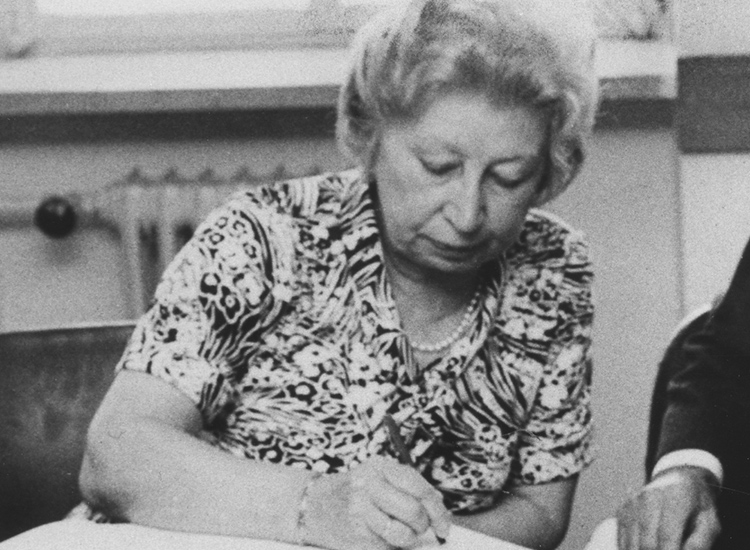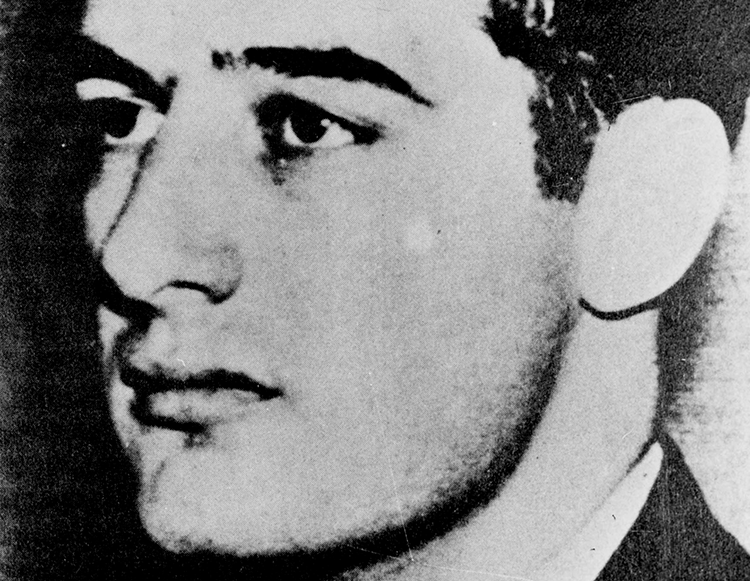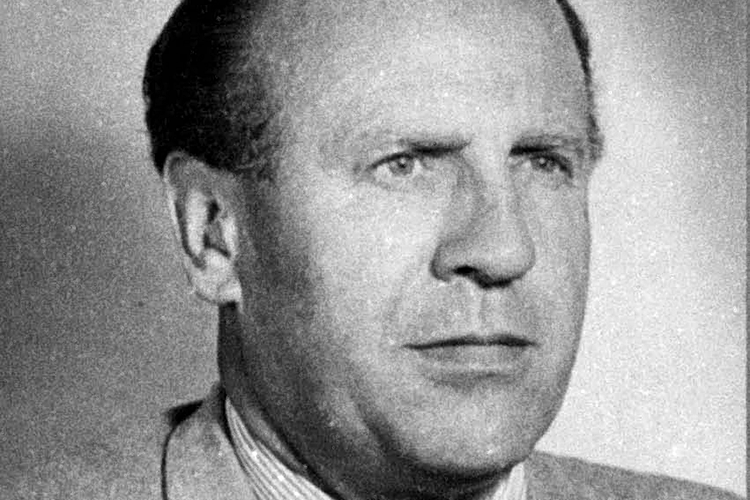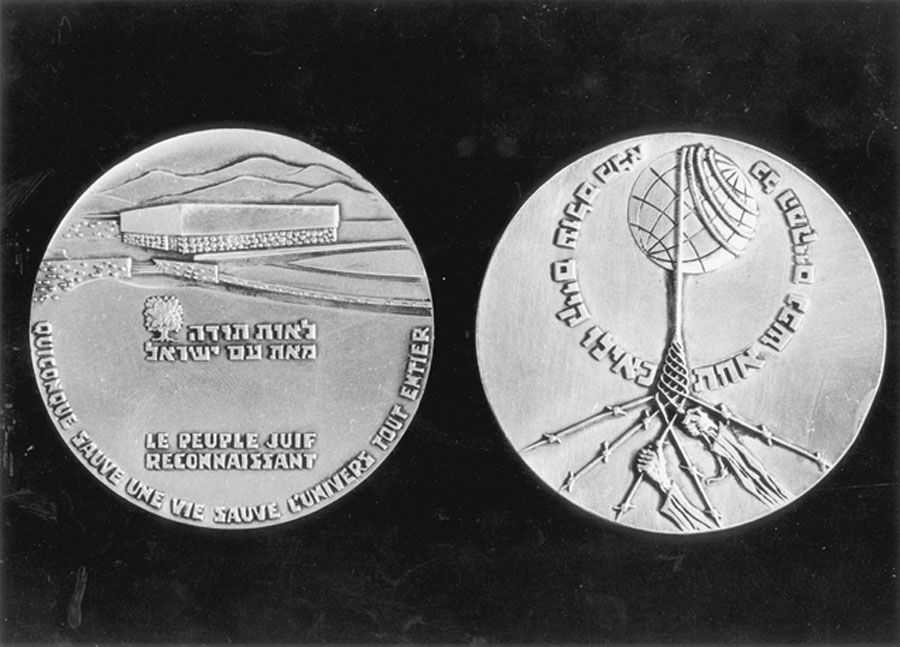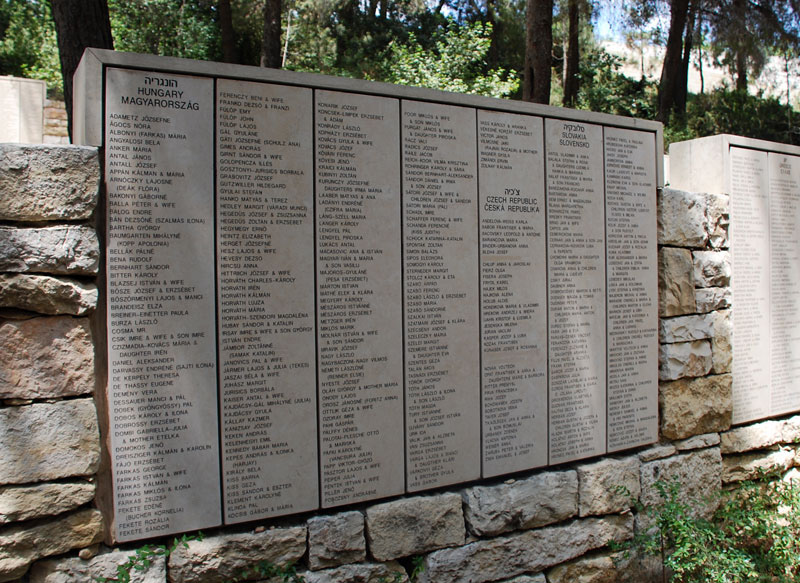|
Unit 3: Prejudice and Discrimination
Chapter 1: Rescuers and Heroes
 |
||||||||||||||
Educator Tools
|
| Statement | Reason |
|---|---|
| Young people are more likely to become Rescuers than older people. | |
| Women are more compassionate and are more likely to become Rescuers. | |
| Religious people are more likely to become Rescuers. | |
| People with more education are more likely to become Rescuers than people with less education. | |
| People who are rich or powerful are less likely to become Rescuers than people with less wealth and power. | |
| People who are politically involved are more likely to become Rescuers than those who are not involved in politics. |
Testing your assumptions
B. Working in groups you will now have the opportunity to test your suppositions using the information in the profiles of the following Rescuers:
Raoul Wallenberg
Pierre Marie-Benoit
Selahattin Ulkume
Each member of the group selects one of the names above.
iSearch
Go to the WEBSITE: http://www.jewishvirtuallibrary.org/jsource/Holocaust/righteous.html
Under the heading Rescuers, find the profile of the person you have chosen to research. As you read the profile, refer to the assumptions you completed earlier and determine the veracity of your assumptions.
Share your findings with the group and explain why some people changed from bystanders to Rescuers. Post your sentences on chart paper and share your thoughts with the class.
C. Using the same website, read four or five more profiles of Rescuers. Refer to the statements that your group posted earlier. After reading the additional profiles, discuss and change or amend your group statement if necessary. Use a different colour to make the changes to your original statement.
Unexpected findings
From the archives of profiles and from the words of Rescuers, we know that Rescuers came from all classes, all levels of education, all social classes and all nationalities. Some historians argue that the Rescuers acted from a political desire to act against the Nazis. Others felt the Rescuers were by nature independent thinkers. Still others believe that Rescuers had strong family ties and the ability to empathize with other people. Rescuers, of all profiles, were people who recognized that the persecuted were fellow human beings and because of this perception felt obliged to act.
ACTION 3
Do
Besa: A Code of Honour
Muslim Albanians Who Rescued Jews During the Holocaust
“There is no trace of any discrimination against Jews in Albania, because Albania happens to be one of the rare lands in Europe today where religious prejudice and hate do not exist, even though Albanians themselves are divided into three faiths.”
– Herman Bernstein, the United States Ambassador to Albania, 1934
Before the Second World War, there were approximately 200 Jews living in Albania, a country consisting mainly of Muslims and Christians. The rescue of Jews by Albanians is notable due to its scale and because they rescued not only Albanian Jews, but all those seeking refuge from about the late 1930’s up until the Allies defeated the Nazis. Thousands of Jews were smuggled into Albania by Albanians outside the borders, primarily by the Albanian majority living in Kosovo. Having survived centuries of invasion, occupation, expulsion, and even genocide themselves, religious and ethnic tolerance is part of Albania’s history. The moral code of Besa teaches tolerance and compassion, linking honour to respect and equality. Most of Europe handed over their Jews to the Nazis but Albania is probably the only Nazi-occupied country that had more Jews after the Holocaust than before. The Albanian example of empathy, tolerance and courage should be remembered by people around the world to commit to, “never again” and ending genocide.
Read the stories of the rescuers and the risk they took.
https://www.yadvashem.org/yv/en/exhibitions/besa/index.asp
Merushe Kadiu wrote: “Those years were fearful, but friendship overcame all fear.” Think about whether or not you would risk your life for a friend. And would you risk your life for a stranger or would you be a bystander?
Watch the trailer of this film: http://besathepromise.com/index.html
Additional Rescuers
Albert Goering – brother of Hermann Goering who rescued Jews: Albert Goering – the good brother
Irena Sendler – Polish nurse who saved Jews – Irena Sendler – Righteous Woman
Sempo Sugihara – Japanese diplomat who issued visas to save 6,000 Jews – Sempo_Sugihara.pdf
Think
Imagine what impact it might have on you and your family, to open your home to a Jewish family in a Nazi-controlled area, with respect to the following:
- grappling with the decision to help
- limited space available for everyone
- limited resources to support everyone in the home
- stress of risking death for your actions
- stress of keeping the secret
- discord/disagreement within your own family over the decision to protect a Jewish family
What is our moral obligation to help those in need?
Do
Use the THINK section above to help you as you select and complete one of the following:
A. Write a fictional story (300-500 words.) Imagine your parents have decided to save some Jewish children at the risk of the family. Describe from a personal perspective, the mixed feelings you had about suddenly having new siblings, the fear you all experienced and how rewarding the outcome was to have saved them.
B. Write 2 or 3 journal entries describing the experience of rescuing a family.
C. In groups of 3 or 4, choose the best story in a) or b) written by one person in the group. Then create a movie trailer for a movie based on the story.
D. Create a painting or drawing showing a rescuer saving a family at risk, whether by hiding them or helping them escape.
Here are the facts
On Monday, May 13, 2013 Yad Vashem held an event posthumously honoring Ludwika & Zygmunt Szostak as Righteous Among the Nations from Poland. The memorial ceremony took place in the Hall of Remembrance, followed by the unveiling of the name of the Righteous in the Garden of the Righteous Among the Nations, in the presence of His Excellency Polish Ambassador to Israel Jacek Hodorowicz. Elzbieta Stradowska, great-niece of the late Righteous Ludwika, and Zygmunt Szostak received the medal and certificate of honor on their behalf. Also in attendance were Holocaust survivor Karolina Eisen, Members of the Commission for the Designation of the Righteous Among the Nations, Holocaust survivors, family members and friends.
About 24,000 people from 44 different countries have been honoured in this way and each year the Memorial continues to recognize about 800 additional Rescuers. It has been almost seven decades since the end of the Holocaust and many Rescuers and Survivors have passed on. Still the Memorial continues to accept documentation from survivors or from their children.
In addition to a ceremonial celebration, Rescuers receive a specially designed medal and a Certificate of Honour. Their names are inscribed on the Wall of Honour in the Garden of the Righteous at Yad Vashem.
There are also some exceptional ways in which Rescuers are honoured. The Israeli Government can decide to declare a Rescuer a citizen of Israel. Rescuers who have fallen on hard times are provided with monthly support from the Government of Israel and they receive funds to pay for their medications if they become ill. For many years Oskar Schindler was supported by those whose lives he had saved. He became a citizen of Israel and chose to be buried there.
Historica Canada at https://www.historicacanada.ca/ hired Angus Reid Pollsters to survey whether Canadians think we do enough to honour Canadian heroes. The results were published on June 30, 2013. Of those polled, 86% felt that too little is being done to recognize Canadian heroes.
A King with Empathy
Non-Jewish Danish citizens rescued 7,000 Jews in Denmark. The king of Denmark, Christian X and the heads of the Danish churches all denounced the persecution of Danish Jews. When the German forces in Denmark began deportation of Jews, Danish resistance groups intercepted the information, and warned the Jews of Denmark. En masse, Danish civilians rescued the country’s Jewish population when fishermen smuggled them to Sweden on their boats. The Swedish government announced it would accept all refugees from Denmark.
ACTION 4
Do
In groups of four or five, your task is to design a meaningful way in which Canadians can honour those who take significant personal risks to save the lives of others.
The website below will provide you with an example of one way Canadians currently use ‘ORDERS’ to honour those among us who have made exceptional contributions to our country. http://www.gg.ca/document.aspx?id=72
Requirements of the Action:
- Create a name for the Rescuers’ Award.
- Decide how the Rescuers who receive this Rescuer Award will be honoured.
- Establish 4 or 5 Criteria for receiving the Rescuers’ Award.
- Create a Nomination Form that will allow Canadians to recommend Rescuers for the Award. Provide some examples of Canadians who you believe would be eligible for the Rescuers Award.
- Design a concrete object that Rescuers will receive to take home. This could be a certificate, a statue, a picture, a poem, or any other object you feel would be suitable recognition.
- Display your Rescuers’ Award in your school or in your school newsletter.
The Canadian Society for Yad Vashem, The Holocaust Martyrs’ and Heroes’ Remembrance Authority, pays tribute to Rescuers, raises financial resources for Yad Vashem Jerusalem’s global initiatives and implements Yad Vashem’s vision of disseminating the facts and universal lessons of the Holocaust across Canada through significant educational and commemorative initiatives. http://www.yadvashem.ca/
A documentary about Rescuers is coming in May (see the trailer): http://rescuersdoc.com/Home
Further reading
Blum, Jenna Those Who Save Us, 2005
Trudy, a history professor collects oral histories of WW II survivors, including that of her aged German mother. Throughout the book are interviews with German immigrants, many of whom reveal unabashed antisemitism.
Klempner, Mark The Heart Has Reasons: Holocaust rescuers and their stories of courage, 2006
The ten Dutch people profiled in this book provide an in-depth look into the hearts and minds of Holocaust Rescuers who saved the lives of thousands of Jewish children during the Nazi occupation of Holland.
Korczak, Janusz Ghetto Diary, 2003
Korczak, a paediatrician and well-known author, gave up a brilliant medical career to devote himself to the orphans of Warsaw.
Lyson, Leon.The Boy on the Wooden Box. How the impossible became impossible,2013
As one of the youngest members of Schindler’s list, Leyson offers a perspective of the righteous hero in this memoir.
Rappaport, Doreen Beyond Courage: The untold story of Jewish resistance during the Holocaust, 2012
The author presents 21 true stories of defiance and heroism in Nazi-occupied Europe. The book is divided into five chapters: The Realization, Saving the Future, In the Ghettos, In the Camps, Partisan Warfare.
Every effort has been made to gain permission from copyright holders to reproduce borrowed material. The publishers apologize for any errors and will be pleased to rectify them in subsequent reprints and website programming.
Educator Tools


